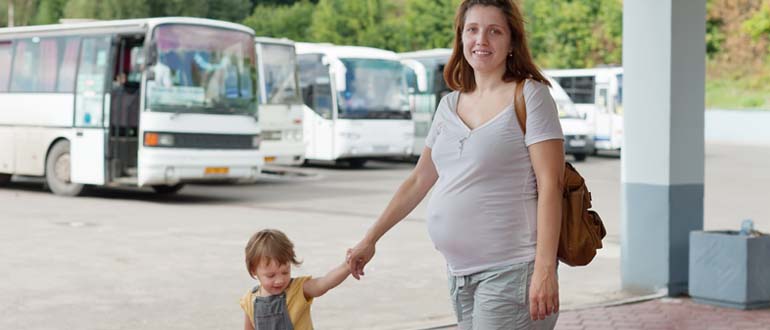Seth Walsh: Elevating community

Seth Walsh, Executive Director of the College Hill Community Urban Redevelopment Corporation (College Hill CURC), says it’s possible to do development right—as long as developers work with the community and stay true to its essence.
College Hill CURC has been in existence for more than 20 years, and it has always been community-led. “For the first 15 years, volunteers [exclusively] did the work,” Walsh says. Because an outside entity isn’t leading the charge, “We haven’t lost the spirit of College Hill. We’ve elevated it. It’s an honor to be a part of it.”
Walsh asserts that development should reflect the demographics of the neighborhood, not the developer’s personal biases. He makes sure that the College Hill CURC “seeks out a wide variety of people to give us opinions or connect us with the next business idea.”
College Hill’s business district fell into decline over a few decades, “but has been bouncing back during the last 10 or 15 years. There are so many old, beautiful buildings—but they need a lot of work,” Walsh says. College Hill CURC now owns 27 buildings in the area.
“We’ve brought in 7-8 businesses that add spark to the business district, and we’ve added 75 residential units, 73 of which qualify as affordable housing.” They also are creating “an ecosystem” conducive to providing healthy and affordable food to residents.
Quality affordable housing
The federal government’s general definition for affordable housing is any dwelling for which tenants or owners pay less than 30% of their income. One of College Hill CURC’s goals is to create affordable housing that does not displace current residents.
Walsh says that a lot of so-called affordable housing is of poor quality. For example, College Hill CURC has acquired buildings where tenants were still living, and Walsh was horrified by the lack of maintenance. Some examples of issues he’s seen include moisture leading to ceiling collapse, lack of heat for long periods of time, rodents and other pests, and extensive plumbing failure.
“People who live in those conditions can never feel secure. They don’t know what’s going to happen next,” he says. “How could you ever feel safe or comfortable?”
Those kinds of conditions contribute to mental and physical health problems, whether it’s stress and anxiety, exposure to allergens or toxins, or injury. “When there’s no heat, people turn on their ovens to get some warmth,” for example, which could lead to carbon monoxide poisoning or fire.
Not having access to quality affordable housing is one of the barriers to good health outcomes addressed by Community Health Workers (CHWs) in the field. Health Care Access Now trains and deploys CHWs to identify these obstacles and provide resources to eliminate them.
On a knife’s edge
Walsh tells the story of one tenant who lived in appalling conditions in a building purchased by College Hill CURC: “The building walls were saturated with water, and when we tried to move the client to a better space, he didn’t want to go.”
The reason was that he had been homeless, and that apartment was the first place he had been able to live independently. “We told him he could stay, and that we were going to do what we could to fix the place. The first couple of months, he didn’t trust us,” but during the COVID-19 pandemic, they were able to make significant progress on the building. “He called me in tears. He was so excited he could use his closet again. Now, he’s one of our biggest advocates.”
The pandemic was a turning point for College Hill CURC. “Everything we had been doing was on a knife’s edge. Instead of falling apart, we took it as an opportunity to rethink what we do. We led the region in relief to small businesses, in rent abatement. We were the first line of support for most of the businesses [in the district].” They also began to hold socially distanced events, like the Hollywood Drive-In Theatre. “When things got really hard, we didn’t blink. We moved forward.”
Walsh is looking forward to a couple of new projects. With KeyMark, the College Hill CURC is going to develop “four buildings, three of which surround the Hollywood Theatre.” He anticipates that there will be 26 units in those buildings, all of which will qualify as affordable housing and hopes they will break ground before the end of 2022.
The second project, at the southwestern corner of Hamilton and North Bend, is “very early in the conceptual phases. We’re excited about the unlimited potential of what this project could bring to the business district,” he says.
“Everyone benefits from [the business district] being fixed up,” says Walsh. He is proud to have helped the community begin to achieve its goals.







